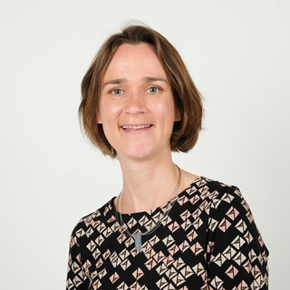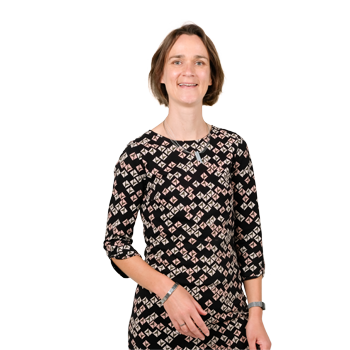Every day, the six PostNL sorting centers receive millions of items of post. These are then sorted by hundreds of employees that evening and night so they can be delivered within 24 hours. Because the amount of mail varies each day, some days more sorters are needed and other days fewer. For efficient staff planning, it’s therefore vital to be able to predict the amount of mail arriving. But is that even possible? Piece of cake for CQM.
In the six PostNL sorting centers, the vast majority of the mail is sorted by machine. Another portion is done manually. The deployment of staff has to be planned daily, which is difficult as the amount of mail fluctuates per day, per area and per handling process. Something as simple as a rainy day can mean people pop less in the mailbox. It’s therefore important to predict the delivery of mail well, as only then can the daily personnel needs be properly determined. In such a big operation, however, that’s no straightforward task.
Standardization
Arine Ruesen is Head of Planning & Operations at PostNL. As she explains, the varying amount of mail isn’t the only issue that has to be addressed. "The six sorting centers each have their own work area and own line organization. Until now, the entire planning process has been tailored to the local needs of that organization. That’s worked pretty well, but is very precarious. You’re dependent on the experience of local planners, who have their own ways of planning, which also makes it difficult for the areas to learn from one another. For us and CQM, the main objective was therefore to standardize the entire planning, while maintaining the quality of the forecasting process."
Uniformity
CQM first mapped the current methods and at the same time, together with the local planners, considered how a standardized process might look in general terms. During this phase it became immediately clear that a combination had to be made per area of the regular mail flow, the local bulk mail and special local circumstances that might arise on a given day, such as the impact of the weather. It also turned out that the areas had different ways of gathering information about the postal flows actually carried out. "In other words, there was no uniformity," explains Arine. "When we discovered this, we immediately invested in a number of workshops, during which we made agreements with the areas about data collection. A pilot for the uniform collection of data on postal flows started in the Spring: the first crucial step towards standardization."
Predicting
In the meantime, CQM also developed models to predict the postal flows. CQM project leader, Marnix Zoutenbier, recognizes that there’s a fine balance between theory and practice. "On the one hand, you want better predictive quality; and on the other, standardization. And the two don’t always go together that easily. That’s why we set up the models such that there was room for input from the area planners: which elements should, and shouldn’t, be included in the predictive model? After all, the planners have to work with it and be able to make adjustments if local circumstances demand it. So they must be familiar with the background to the model.
"From the start, CQM has not only tackled the technical aspects of the project,” explains PostNL project leader, Ruud ten Voorde, “but also been very pro-active in communicating with the people involved at both head office and in the areas. A smart move, as it not only gives you better technical results but also generates broad engagement throughout the organization. So CQM provided the mathematical model and still supports the processes around it. We really did deliver this together."
Follow-up
Following the first pilot for uniform data collection, a second pilot began in the summer where the planners 'shadowed' the existing process using the new model.
"The initial conclusions are already in," says Ruud ten Voorde, "and confirm the quality of the new standardized process come reasonably close to the current process. In a workshop with planners from all areas, we discussed the results extensively and together decided on next steps. Meanwhile the following pilot has started, where we have implemented the lessons learnt. We therefore expect to be able to meet the objectives regarding the quality of predictions. We also want to be able to further standardize the possibility of implementing local adjustments. This will ensure greater cross-fertilization between the areas. The prognosis is so good that I can see us using the approach used in this project for other mail flows, too."


